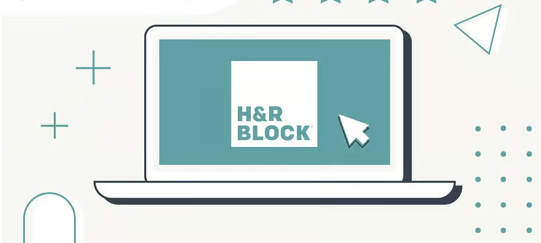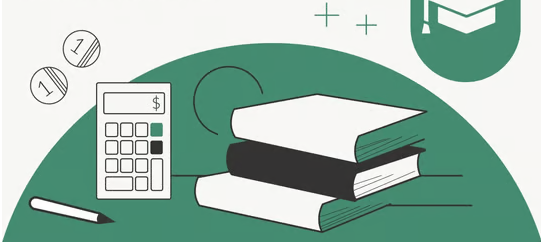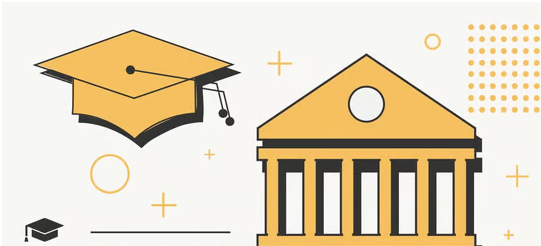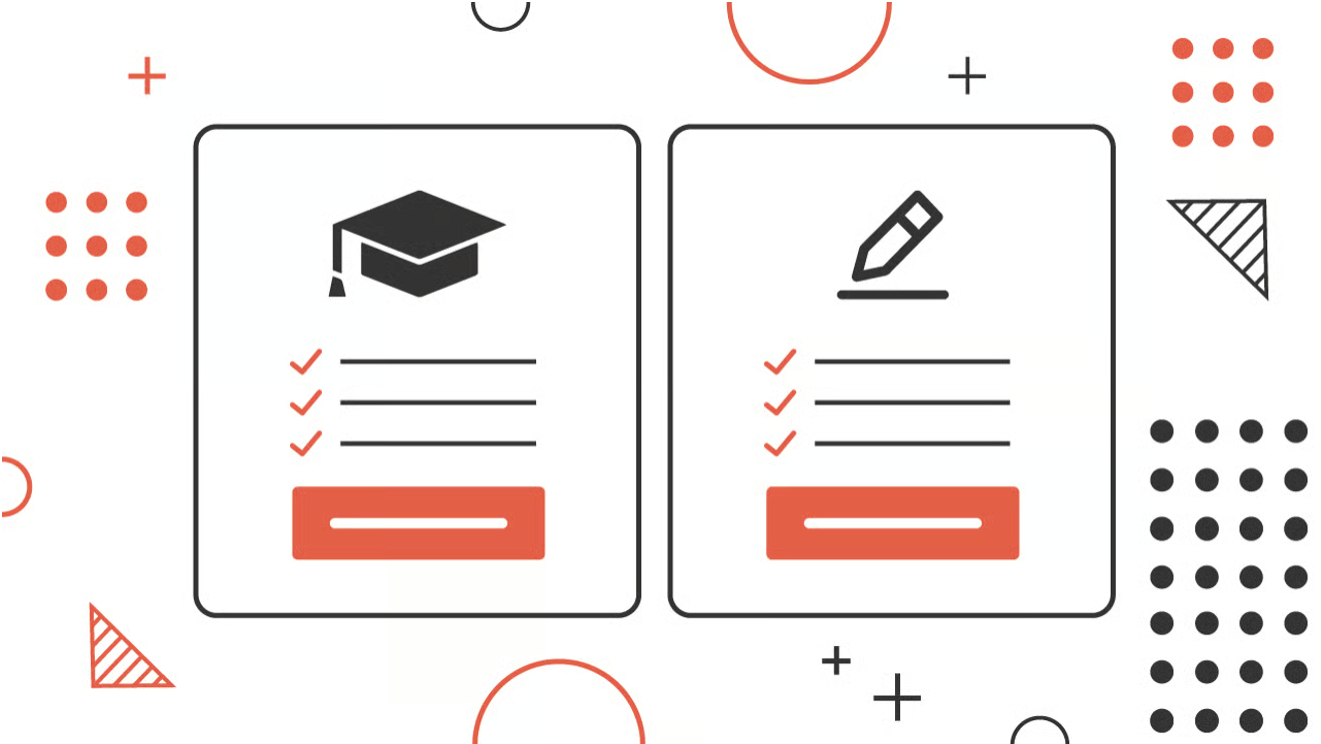A bank account shouldn’t be a spending trap. The point of a free checking account is to let you use your own money, rather than footing the bill for bank fees. In this guide, we’ll review the most trustworthy free checking accounts with no hidden fees in 2025 to help you find your financial tool.
What is a Free Checking Account?
A free checking account, as the name suggests, is one without typical fees like monthly fees, minimum balance requirements, and overdraft fees. It allows users to confidently manage their daily spending and finances without worrying about losing extra capital. Especially with the rise of digital banking, free and efficient accounts are becoming a top choice.
Recommended Free Checking Accounts for 2025
The following accounts each have their own unique features, catering to different needs:
| Account Name | Monthly Fee | Minimum Balance | Annual Percentage Yield (APY) | Key Benefits | Notes |
|---|---|---|---|---|---|
| Discover® Cashback Debit | $0 | $0 | No interest, 1% cash back | Earn 1% cash back on up to $3,000 in purchases per month, free access to over 60,000 ATMs | Two-day early payroll |
| Key Smart Checking® | $0 | $10 | No interest | Free access to over 40,000 ATMs, sign-up bonus up to $300 | Requires $1,000 in deposits within the first 90 days and other requirements |
| Chime Checking | $0 | $0 | 1.25% APY | Mobile-only banking, no monthly fees, no overdraft protection, access to over 60,000 ATMs | Non-bank, FDIC insurance provided through partner banks |
| Wealthfront Cash Account | $0 | $1 | 4.00% APY | Launched by a robo-banking company, supports mobile deposits and prepayments, and offers high interest rates | Ideal for digital users who want to earn interest |
| Axos Rewards Checking | $0 | $0 | Up to 3.30% APY | No monthly fees, no balance requirement, unlimited ATM fee reimbursement, interest rate fluctuates with activity | Requires $1,500 in monthly direct deposits and transactions |
| Ally Bank Spending Account | $0 | $0 | Up to 0.25% APY | 43,000 free ATMs, mobile check deposit, and excellent customer service | Versatile and stable online bank |
Key Considerations for Choosing a Free Checking Account
- Transparent Fees
Prefer truly “zero fees,” including no monthly fees, no minimum balance, and no overdraft fees, to avoid hidden costs. - ATM Network and Fees
A large and extensive free ATM network can significantly reduce withdrawal fees. - Interest and Cashback
Some free checking accounts offer interest or cashback on purchases, making the account more than just a place to store your money; it can also be a “mini-money factory.” - Digital Service Experience
Modern banks rely heavily on mobile apps and online services. A good digital experience makes account usage more convenient. - Rewards and Promotions
Account opening bonuses or cashback on purchases are added benefits, but make sure there are no hidden barriers to entry.
Use the Right Account to Save Real Money
A free checking account is not only a tool for money management; it’s also the first step in managing your finances. In 2025, the market is brimming with reliable options, from traditional banks to digital banks to credit unions, all meeting the diverse needs of users for free, efficient, and high-interest rates.
When choosing an account, choose one that’s hassle-free, user-friendly, and helps your money grow. After all, the spirit of financial management is to maximize the value of every penny rather than letting it slip away easily.









